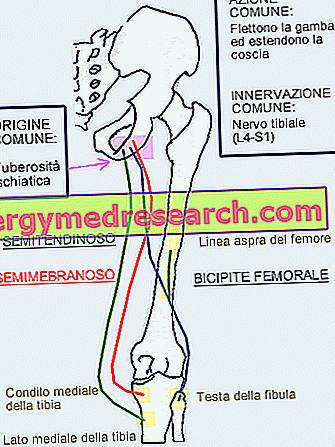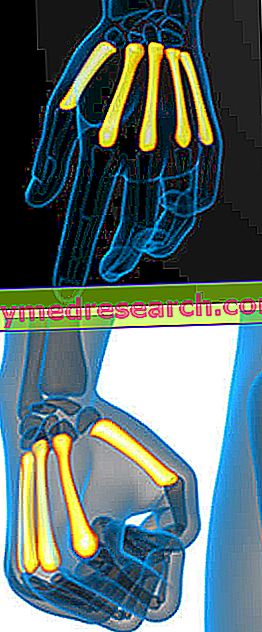Generality

Note: for breeding we prefer the Coturnix japonica (as it is larger, therefore more profitable) or the fruit of the cross between it and the local Species.
WARNING! For the avoidance of doubt we recall that:
"Quaglia" is NOT synonymous with partridge, since the latter term generically indicates different Species of different Genus belonging to the Subfamilies Perdicinae and Tetraoninae. Similarly, the term "quail" can NOT be a noun used as a synonym of rock partridge, since the latter belongs to the genus Alectoris, species Graeca (binomial nomenclature Alectoris graeca ).
Description of the quail: the quail is round and small, about twenty centimeters long and about one hectogram in weight (depending on the species or the cross). It has a small curved beak at the top, a minute tail and a plumage variegated from brown to yellowish, shaded more in light and darker.
Quail habits: quail is a widespread migratory bird. In Europe as in Asia it is absent ONLY in the Arctic and at the top of the sub-Arctic belts; in the autumn it moves in a pack to the south (equatorial bands), while in spring it returns to its places of origin.
Reproduction and breeding of quail: the quail reproduces successfully in the wild but also in captivity. The broods comprise more or less a dozen eggs; these, of small dimensions (about 25g - ≤10g without shell) with a variegated appearance (white and brown), remain in incubation for almost twenty days after which, after the hatching of the chicks, they are enough about a couple of weeks before the offspring make yourself totally independent. NB . Quail farms are aimed at both food (for meat or eggs) and restocking or hunting grounds.
Feeding and predation of quail: the quail feeds on insects, grains and shoots. Among its natural predators we highlight above all: foxes, raptors of all kinds and cats; they are able to eat quail eggs also snakes and birds of the family Corvidae. NB . In the last decades the spread of quail has undergone a noticeable reduction, not so much due to the collection (strictly regulated), as for the introduction of predatory alien animals and / or for the overpopulation of autochthonous ones.
Gastronomic aspects
As anticipated, both quail and meat are consumed.
Quail meat: quail falls (or better, it was included) among the seasonal eating habits of the average Italian, even if with the change of lifestyle (more frenetic), gastronomic globalization and the increase in prices, its consumption it is gradually fading.
Quail can be consumed in different ways; although it is considered game (therefore black meat), it does not need hanging or marinating (which can however be applied, especially for wild specimens). Quail meat is consumed almost exclusively by whole birds. The most common cooking techniques are: browning and modest braising-stewing (in a pan or casserole, possibly ending in the oven), roasted in the oven or spit-roasted and grilled. Among other things, quail can also be packaged in natural, stuffed, larded, with scarf, in foil, etc .; can be accompanied by vegetables, potatoes or cereals in the first courses (risotto, fresh pasta, polenta, etc.). The only things to take into consideration when preparing quail are:
- Perform a thorough cleaning (avoiding, if possible, to pierce the intestine at the time of evisceration);
- Get the cooking time right because, having particularly lean meat, the birds could become particularly stringy;
- Choose the right wine for the nuance (not to suppress the delicate taste of the animal).
| Nutritional composition of Quail - Reference values of the INRAN Food Composition Tables | ||||||||||||||||||||||||||||||||||||||||||||||||||||||||||||||||||||||||||||||
 | ||||||||||||||||||||||||||||||||||||||||||||||||||||||||||||||||||||||||||||||
Nutritional values (per 100 g of edible portion)
| ||||||||||||||||||||||||||||||||||||||||||||||||||||||||||||||||||||||||||||||
NB . The quail also eats the skin which, during cooking, helps to keep the pulp tender.
For more information on quail eggs, see the dedicated article: Quail Eggs.
Nutritional properties
Quail is a black meat, or "game". The first aspect to take into account is that quail contains a high intake of purines, undesirable elements for those suffering from hyperuricemia and / or acute gouty symptoms.
The quail meat (fruit of the anatomical mean) is lean, but not very thin; the lipid intake shown below represents the meat provided with skin. In fact, unlike chicken meat, quail meat with skin does NOT reach such levels of fatness as to excessively compromise its nutritional intake. The cholesterol content is instead average.
Quail proteins are abundant and have a high biological value, while carbohydrates are absent.
The total energy intake of quail meat is moderate but still higher than that of pure breast (quail itself or referred to other avian species).
Among the mineral salts, the most important one is iron, an element generally not very present (and desirable) in the diet of those suffering from iron deficiency anemia.
As for the vitamins, instead, the content of the water-soluble PP also called niacin stands out.
Stuffed Quail on Raspberry Sauce - Video Recipe
Stuffed quails on raspberry sauce
X Problems with video playback? Reload from YouTube Go to Video Page Go to Video Recipes Section Watch the video on youtubeRice Timbale with Quail Eggs - Video Recipe
Easter rice timbale
X Problems with video playback? Reload from YouTube Go to Video Page Go to Video Recipes Section Watch the video on youtube



